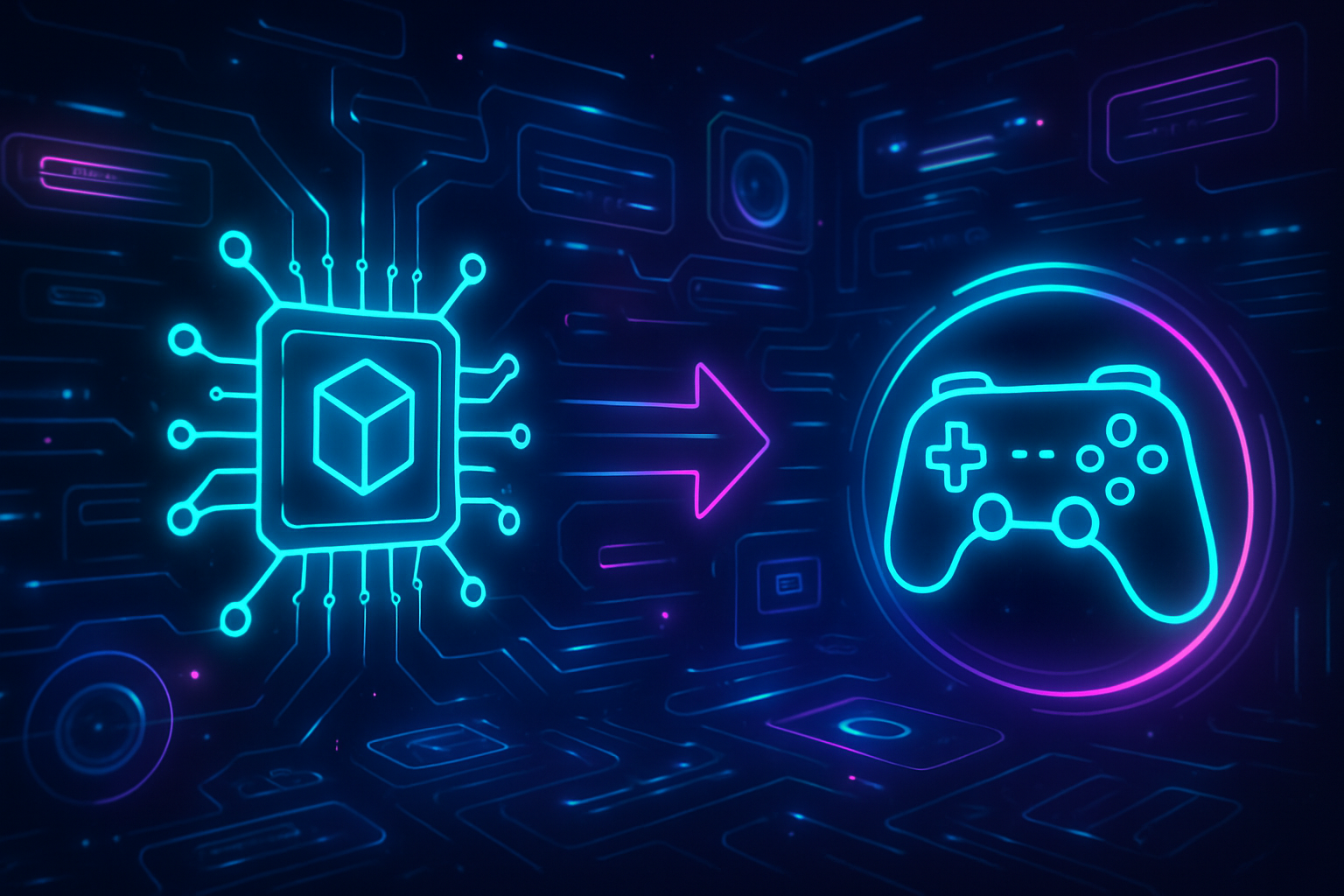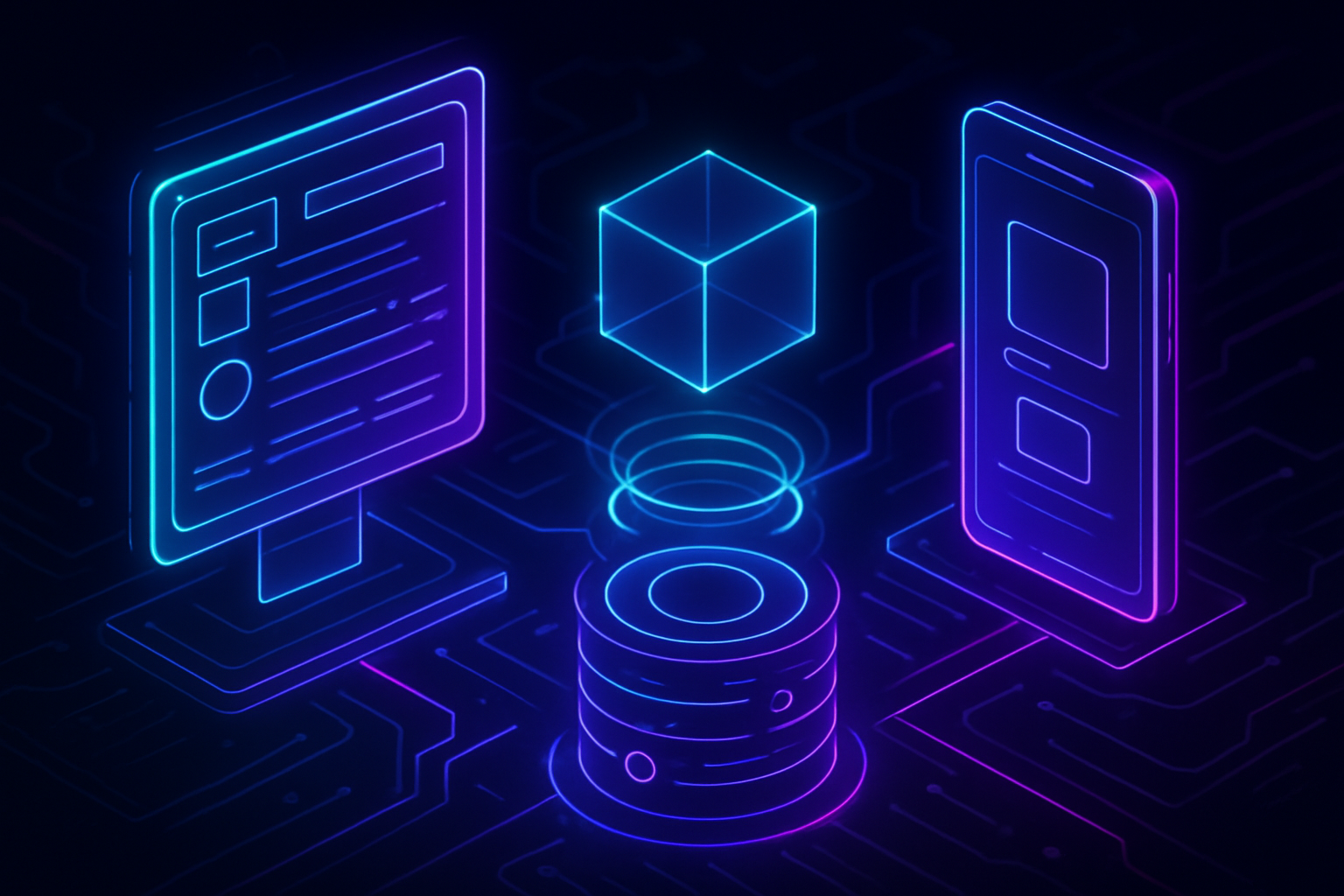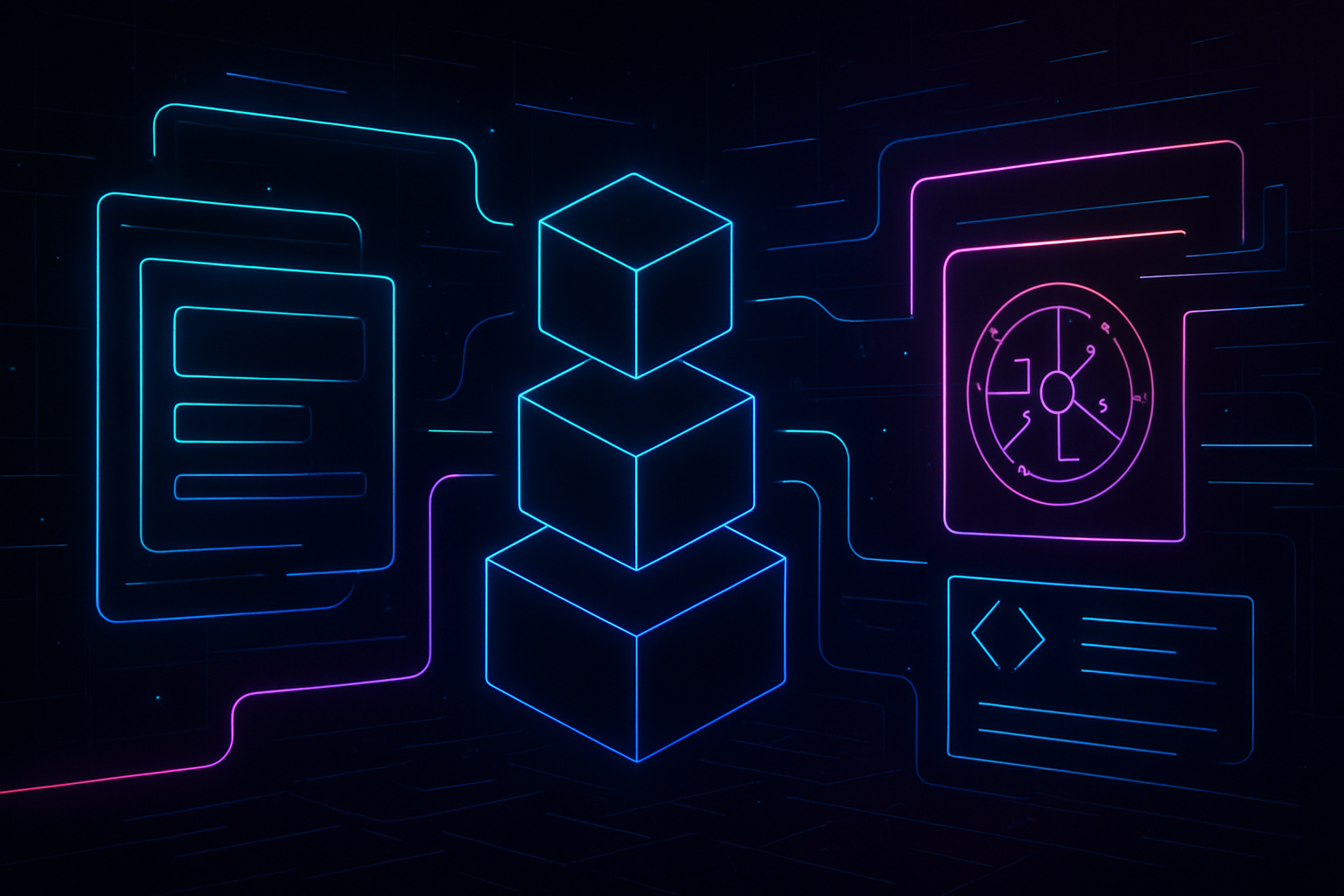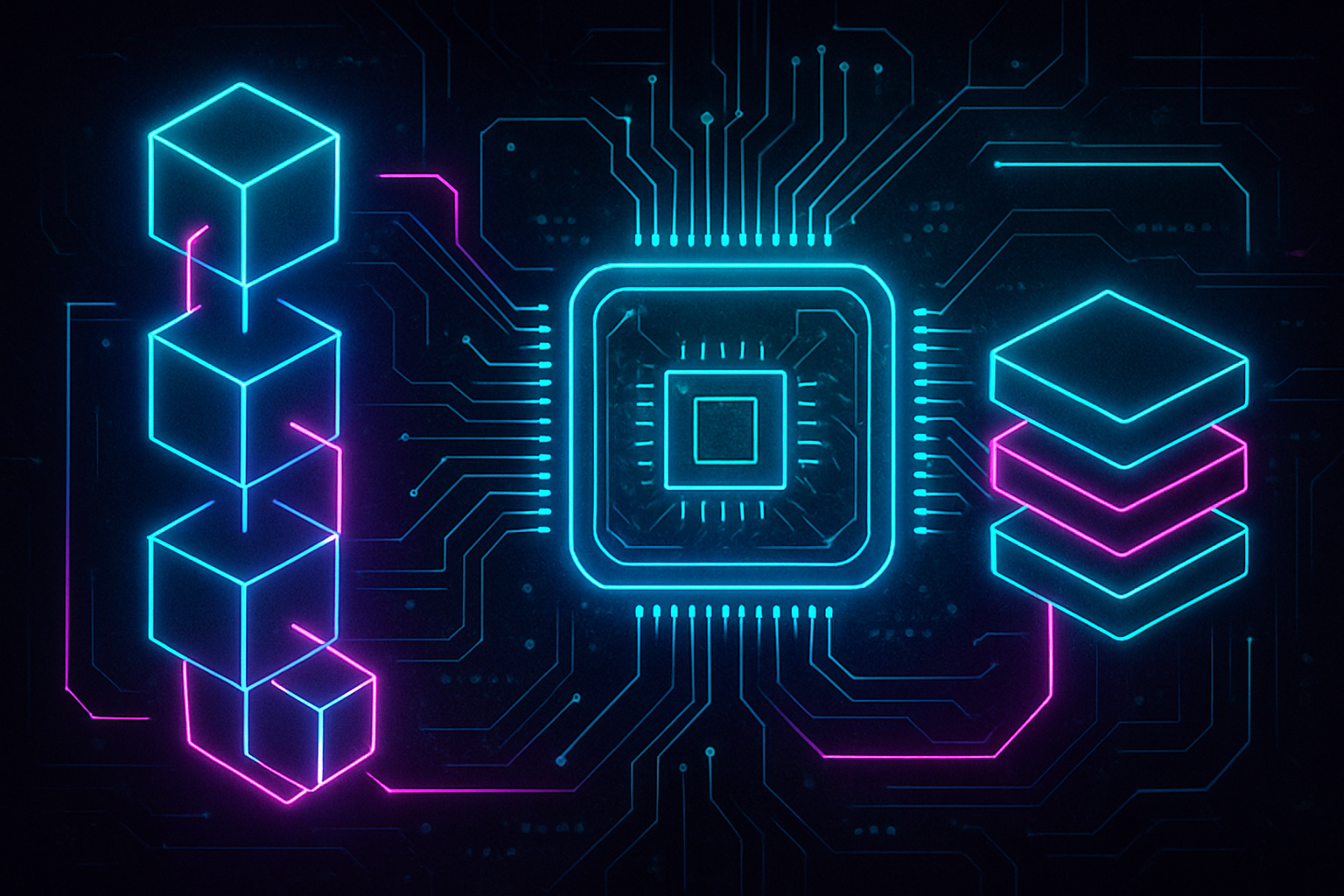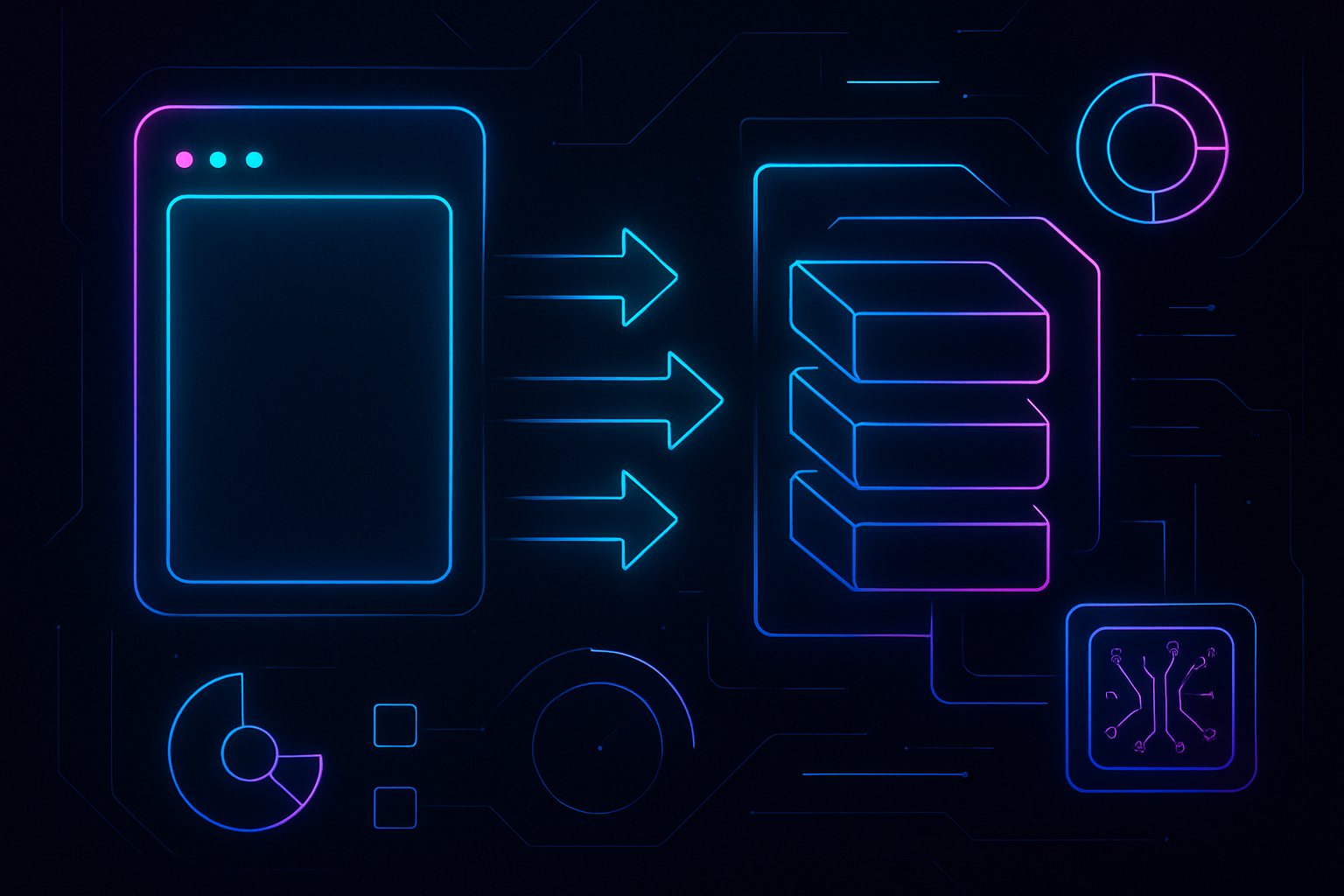
Blockchain scaling is evolving at breakneck speed, but even the most promising Layer 2 solutions have struggled to balance performance, composability, and simplicity. Enter Ephemeral Rollups (ERs): a new breed of Layer 2 scaling that delivers lightning-fast execution and deep integration with the base layer, all without the headaches of fragmented liquidity or complicated bridges. If you’re passionate about composable dApps, real-time DeFi, or on-chain gaming that feels as smooth as Web2, Ephemeral Rollups are about to become your favorite topic.

What Makes Ephemeral Rollups Different?
Traditional Layer 2 solutions often force developers to choose between speed and composability. Optimistic and zk-rollups might scale throughput, but they also fragment smart contract ecosystems and liquidity pools, creating silos that undermine the very spirit of decentralized finance.
Ephemeral Rollups, pioneered by innovators like MagicBlock, take a fundamentally different approach. Instead of spinning up permanent parallel chains or requiring wrapped assets, ERs offer temporary high-speed execution environments directly connected to the base layer (such as Solana). Here’s how they work:
Ephemeral Rollups vs. Traditional Layer 2 Solutions: Key Differences
| Feature | Ephemeral Rollups ✨ | Traditional Layer 2 Solutions |
|---|---|---|
| Speed 🚀 | Ultra-low latency (10–50 ms); real-time execution for apps and games | Higher latency (seconds to minutes); not suitable for real-time use cases |
| Composability 🔗 | Full composability with base layer; no fragmentation or bridges needed | Limited composability; often requires bridges, leading to fragmented liquidity |
| Security 🛡️ | Secure, trustless settlement with challenge mechanisms; state periodically committed to base layer | Security relies on periodic settlement; may require additional trust assumptions or complex fraud proofs |
| Settlement Process 📝 | State changes committed back to base layer; accounts fully synced and composable after undelegation | State batched and settled periodically; may experience delays and require manual bridging |
| Deployment & Integration ⚙️ | Deploy directly to base layer; no need to modify or redeploy programs; leverages existing infrastructure | Often requires redeployment or modification of programs; separate infrastructure and tooling |
| Customization 🧩 | Highly customizable runtimes (gasless tx, fast block times, scheduling) per application | Limited customization; typically fixed runtimes and parameters |
| Liquidity 💧 | No liquidity fragmentation; all assets remain on base layer | Liquidity often fragmented across L2s and bridges |
| Ideal Use Cases 🎮 | Real-time DeFi, on-chain gaming, low-latency infrastructure | General scaling for DeFi, payments, NFT platforms |
The Mechanics: How Ephemeral Rollups Operate
The magic starts with state delegation. Users or developers delegate specific accounts or program states to an ER instance for a defined period. During this window, transactions routed through a specialized RPC provider are processed at blazing speeds – think latencies as low as 10, 50 milliseconds. This is game-changing for applications demanding instant feedback: think on-chain games, high-frequency trading platforms, or decentralized telecom protocols.
The workflow looks like this:
- State Delegation: Specify which accounts move into the ER and set parameters like duration and commit frequency.
- Smart Routing: An intelligent RPC router directs transactions to either the base layer or the ephemeral runtime as needed.
- Fast Execution: The ER runs a custom runtime tailored for your app – enabling gasless transactions or rapid block times if you wish.
- Secure Settlement: At regular intervals (or upon completion), state changes are committed back to the main chain. Invalid actions can be challenged and reverted trustlessly.
- Undelegation: When finished, accounts are released back to the base layer – fully synced and composable with everything else on-chain.
This means no bridges, no new tokens, no loss of composability. Everything remains part of one seamless ecosystem.
The Advantages: Speed Without Sacrifice
The headline feature is obvious: speed. With transaction latencies rivaling centralized servers (as low as 10, 50 ms), ERs unlock entirely new UX possibilities for blockchain-based applications. But there’s much more under the hood:
- No Fragmented Liquidity: All contracts remain on the mainnet (like Solana), so DeFi apps don’t need bridges or wrapped assets.
- Total Composability: Programs deployed via ERs can interact freely with any other contract on the base layer – no silos!
- Simplified Deployment: Developers use familiar infrastructure and tools; there’s no need for massive rewrites or redeployments.
- Bespoke Runtimes: Configure your rollup for gasless transactions, custom block times, advanced scheduling – whatever your app needs most.
If you’ve ever been frustrated by having to choose between user experience and decentralization in Web3 development, Ephemeral Rollups offer a genuinely fresh alternative.
But the real magic of Ephemeral Rollups is in what they unlock for builders and users alike. By solving the composability bottleneck, ERs let developers dream bigger: imagine fully on-chain games with real-time leaderboards, DeFi protocols that can finally offer sub-second trading, or social dApps that feel as responsive as their Web2 counterparts. All of this, without the headaches of fragmented liquidity or risky bridges.
Real-World Impact: Where Ephemeral Rollups Shine
Let’s look at how ERs are already reshaping the landscape for several high-impact use cases:
Three Live Use Cases Powered by Ephemeral Rollups
-
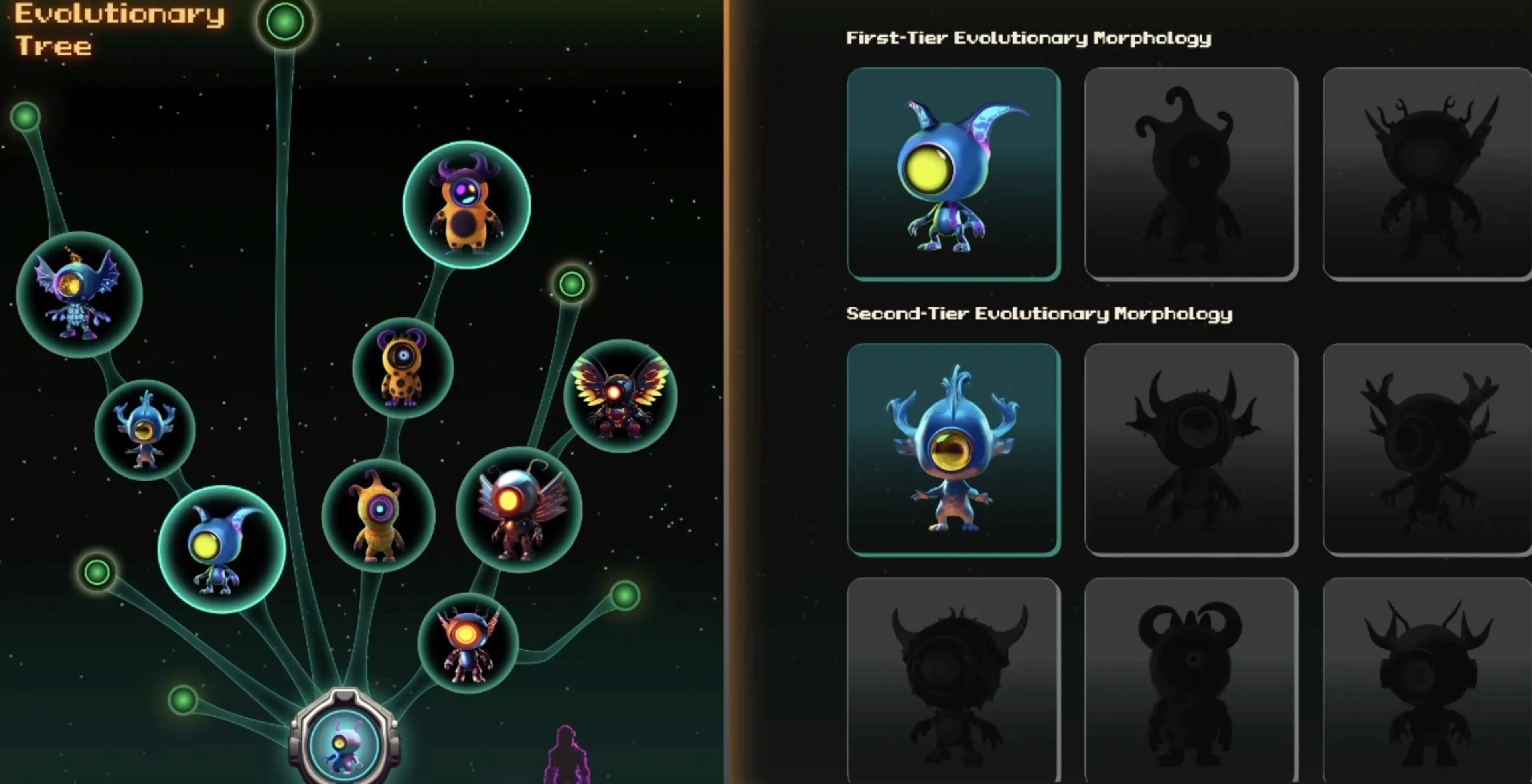
On-Chain Gaming with MagicBlock: MagicBlock’s Ephemeral Rollups enable fully on-chain games to achieve real-time interactivity and latencies as low as 10–50 milliseconds. This allows developers to build complex, multiplayer blockchain games that remain fully composable with the Solana base layer, eliminating the need for bridges or fragmented liquidity.
-
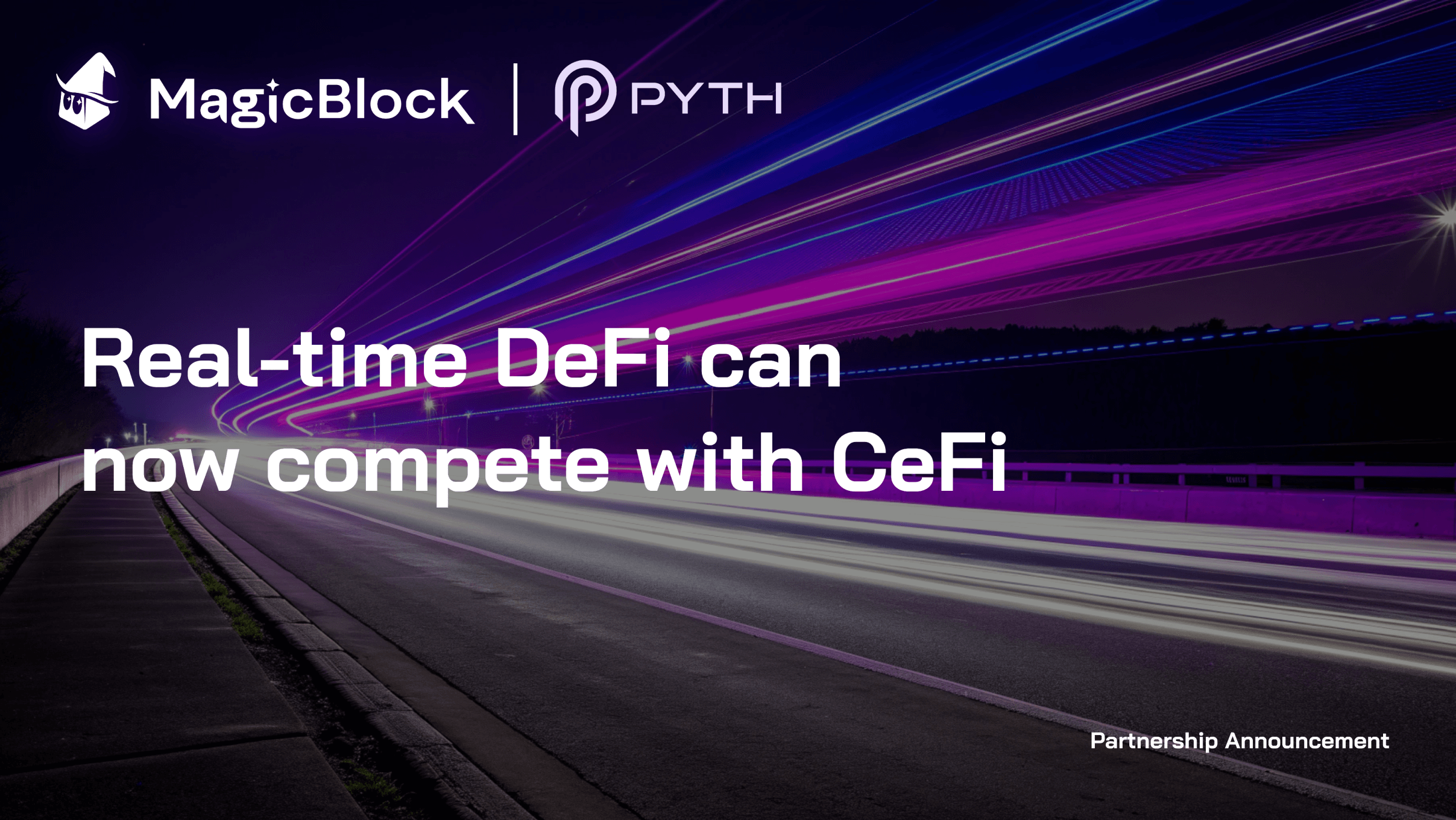
Real-Time DeFi Platforms: Platforms leveraging Ephemeral Rollups can offer real-time decentralized finance experiences, such as instant swaps and high-frequency trading. By maintaining full composability with Solana’s mainnet, these DeFi applications ensure seamless liquidity and fast settlement, providing a trading experience comparable to centralized exchanges—but fully on-chain.
-
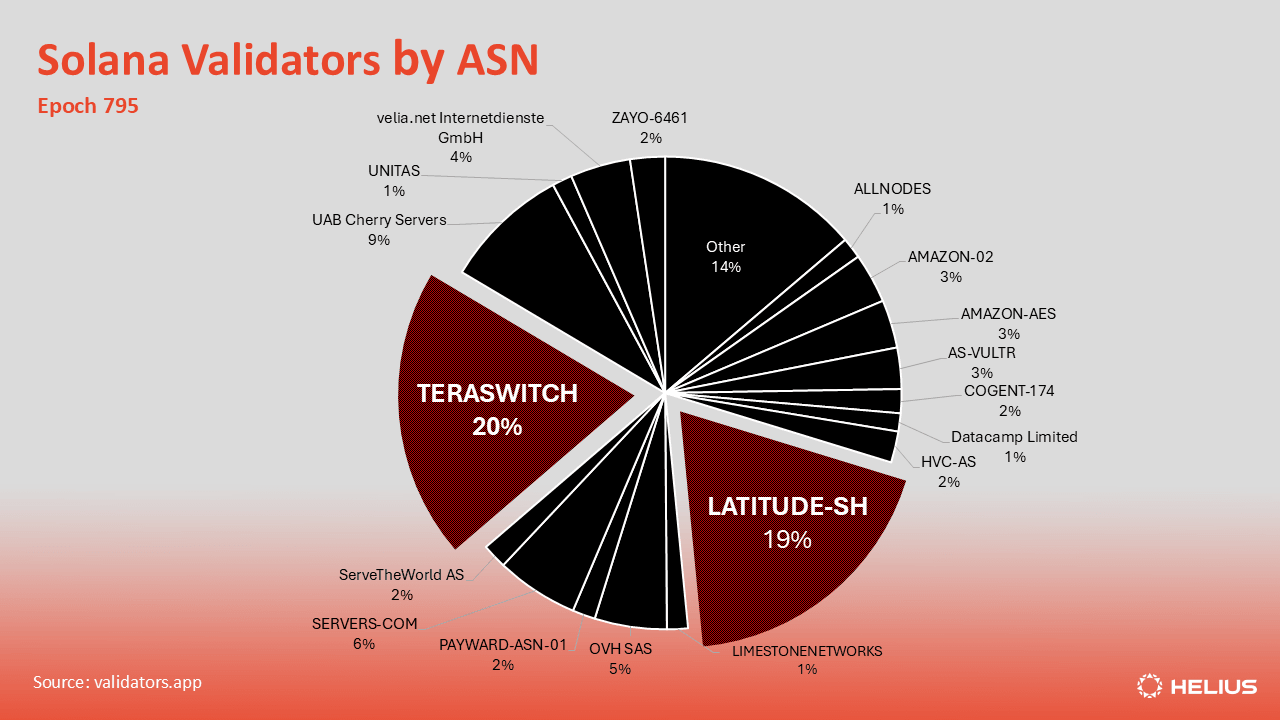
Gasless NFT Mints: Developers use Ephemeral Rollups to provide gasless NFT minting experiences, allowing users to mint NFTs without paying transaction fees. The customizable runtime of ERs enables this feature while keeping NFTs instantly available and tradable on the Solana mainnet upon completion, streamlining the onboarding process for new users.
On-chain gaming is perhaps the most exciting frontier. Games built on Solana using MagicBlock’s ERs now achieve latencies as low as 10 milliseconds, fast enough to power multiplayer action or strategy games entirely on-chain. This isn’t just a technical milestone; it’s a user experience revolution that finally puts blockchain gaming on par with traditional platforms.
DeFi protocols also stand to benefit massively. With ERs, decentralized exchanges and derivatives platforms can offer high-frequency trading and instant settlement while retaining access to mainnet liquidity. No more waiting for bridges or worrying about fragmented pools, the entire ecosystem remains unified and liquid.
And for NFT creators? Gasless transactions and custom runtimes mean you can mint thousands of NFTs in seconds without passing costs onto users or sacrificing decentralization. The result: smoother launches, happier collectors, and far less friction for mainstream adoption.
Developer Experience: Simple, Familiar, Powerful
If you’re a builder tired of wrestling with new toolchains or rewriting your codebase for every scaling solution, breathe easy. MagicBlock’s documentation makes it clear: you deploy your programs directly to the base layer (like Solana), then opt-in to ER acceleration when you need it. No complex migrations or unfamiliar languages required.
The customization options are equally empowering. Want gasless UX for onboarding? Need microsecond block times for an esports tournament? Or maybe you’re building an auction house where transaction speed is king? Configure your ER instance to fit your exact requirements, then scale up or down as needed.
What’s Next?
The pace of innovation around ephemeral rollup technology shows no sign of slowing down. As more teams experiment with these high-speed execution environments, and as composable dApps become the new norm, we’ll see entirely new categories of apps emerge that simply weren’t possible before.
If you’re ready to explore what Ephemeral Rollups can do for your next project, or just want to keep up with this rapidly evolving space, now is the time to dive in. The future isn’t just scalable; it’s composable, fast, and refreshingly simple.
